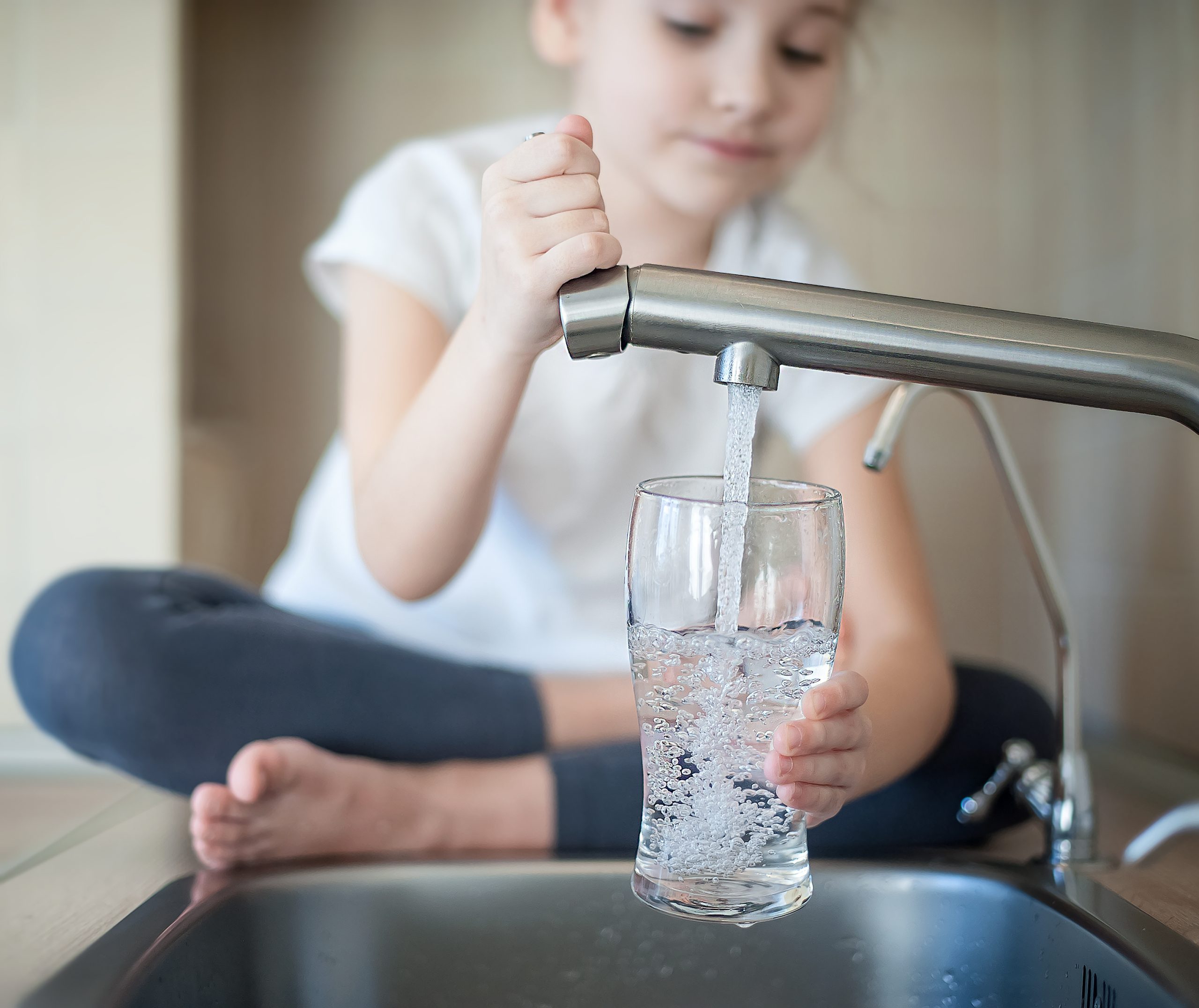It’s important to drink water to keep yourself hydrated, and it’s equally important to ensure that the water you’re drinking is clean and safe. There may be instances where the tap water from your kitchen is contaminated and might ruin your hardwood flooring. And these harmful contaminants, if not obliterated, may put you and your family’s health at risk.
Generally, the water from your town’s water system is safe to drink. But in cases like broken pipelines, the water flowing in them may become polluted with bacteria, viruses, and parasites. These microorganisms may cause waterborne diseases. And in most cases, the main symptom of these diseases is diarrhea—the second leading cause of death for kids under five.
Contaminated water may also contain excess sediments, minerals, or rust that can be the cause of brown water. In this case, you might need professional help from the plumbing experts. These professionals can further assess your water situation to make sure it’s potable again.
It won’t harm to conduct safety precautions before consuming water, so follow these five ways to keep the water potable and safe:
1. Boil The Water
The boiling method is the easiest way to kill bacteria, viruses, and parasites in the water. In this method, you should allow the water to reach its rolling boil and maintain it for one minute. Then, pour it into a clean container and let it cool before drinking. But if the water is cloudy, you must filter it first with a cloth or a coffee filter to make it clear.
It’s safer to be constantly cautious when it comes to drinking water. Remember that clear doesn’t always equate to being safe and clean. So, it’s always best to at least boil it first before consuming it.
If you want to guarantee the condition of your tap water, you could purchase water testing kits. These will help you monitor your drinking water supply.
2. Use Unscented Household Bleach
Unscented household bleach effectively kills viruses and bacteria present in the water. This method is recommended if the water comes from natural bodies of water and you have no means of boiling it.
In doing this method, add 8 drops of unscented household bleach in one gallon of water. Let it sit for 30 minutes before drinking. However, to make it more effective against bacteria, viruses, and parasites, wait for at least 45 minutes to one hour before drinking.
Keep in mind that it’s imperative to follow the correct measurement since too much bleach can be poisonous.
3. Invest In A Good Water Filter

A good filter can purify your water and eliminate parasites and other pollutants. It contains materials such as activated charcoal that can trap inorganic compounds, remove minerals like magnesium and calcium, and eliminate harmful metals like copper and lead.
Water filtration systems are now common in many households. And they’re usually attached to the sink and fridge. There are also portable water filters in the market, so you can guarantee safer potable water. Plus, if maintained well, you can use them for a long period of time.
If you’re planning to get one, it’s best to pick the filter with small pores. This will help filter out smaller particles, parasites, for example. Check this to know more about the water filter system.
4. Distill Your Water
Distillation is another way to make sure that your water is safe to drink. You’ll need to boil the water and collect the steam it produces in this process. You’ll eliminate pollutants and pathogens present in the water by doing so. Such particles can’t stay in the moisture, so the water you’ve gathered will be free of it.
If you want to distill your water, you’ll need a tube and an extra container. When the water evaporates as it boils, the steam will pass through the tube. Then flow directly into your container.
5. Use UV Light Purifier
The development in technology made it possible to create a UV light purifier. This is one of the easiest ways to purify water. You only have to filter the water first in a cloth or coffee filter to do this. Then, turn the UV light on and dip it in the water. Move it around the water for a few minutes, depending on the instruction. And voila, your water is now safe to drink.
The water will be free of pathogens such as viruses, bacteria, and protozoa through UV light purifiers.
Final Words
Keeping water potable and safe can be done in a few easy steps. There are also available tools like a water filter and UV light that make the work lighter. So, there should be no excuses for practicing safety precautions for you and your family. Significantly, it will mitigate the risks of waterborne diseases and other illnesses caused by contaminated water.
Remember that prevention is always better than cure. And that it’s much easier to do one of the methods above than to suffer from its consequences.

